Becoming a pro at choosing the correct lenses for different situations takes time and practice but is important for getting the best shots. However, it becomes second nature after a while.
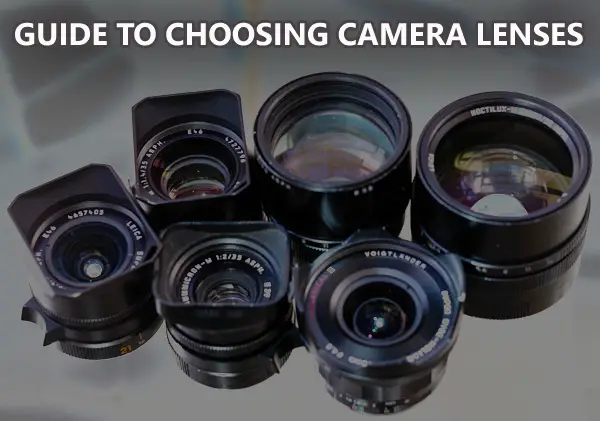
In this article I will try to help you cut that time based on my own experience and decide what camera lens to use. I will also talk about what types of lenses are worth buying.
There is a general rule of thumb in photography which has mostly held true for many years. The rule is: Wide angle lenses are best for landscapes so one can get more fields and a dramatic sky into the frame. Standard lenses are best for a normal field of view so work best for street scenes, while medium to long telephoto lenses for are best for portraits and sports. But there is more.
As things are, you won’t go too far wrong by sticking to this rule, but like most rules, sometimes they can be stretched or broken to unexpected benefits. Moreover, it’s often good to try and to stretch your imagination and talents and try shooting scenes with different lenses just to see what they can do. I see it as both refreshing and educational. Let’s discuss.
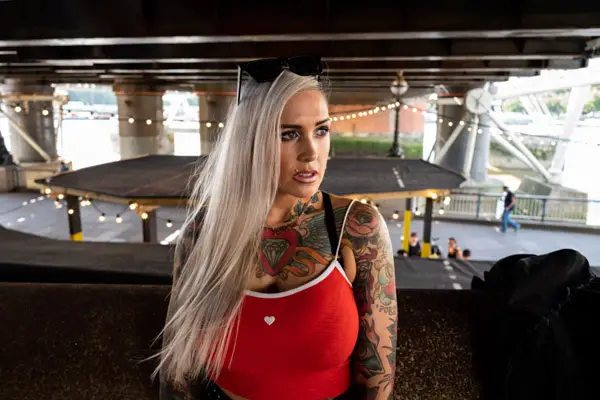
Here is a portrait I took of a complete stranger I nearly walked straight past under a bridge on the South Bank of London. I used a very wide lens because it was the only one I had on me, but even with an extreme wide angle like the 21mm, a striking portrait can be achieved that includes more of the environment which perhaps adds to the shot by including more of the context. In this case a trendy and bohemian area of London is framing the woman who we can see from the image fits right in. A traditional longer lens would definitely isolate the subject from the background as is normal for portraits, but in this instance would have made the image weaker and possibly much less interesting.
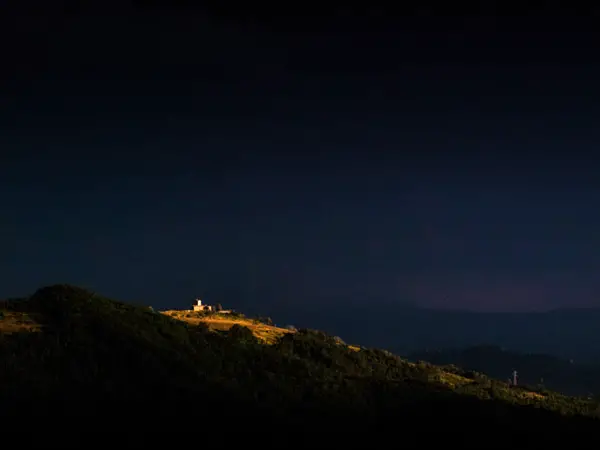
Another example is a landscape taken on a telephoto lens. Using the characteristics of a long lens which compresses the perspective can be flattering in portraiture. This might not be often used in landscapes, but again can isolate a small part of the frame, like the farmhouse in this image set against a threatening sky. In contrast, a wide lens would have included more of the rain clouds but it would have made the house a little too small and therefore weakened the image in my view.
Beware of too much lens choice
I am a great fan of prime lenses which are small, light and precise. This is important and should not be dismissed just because a zoom lens can offer a wide, standard and telephoto choice albeit in one heavy lens. Too much choice can be a bad thing. It leads to indecision, which can cause the photographer to keep on framing and reframing an image in the viewfinder, by which time the human subject has got tired and bored and all spontaneity has been drained out of the moment. After all Henri Cartier-Bresson, the world-famous street photographer, used just one a couple of lenses his whole professional life, his trusty 50mm and occasionally a 35mm, but rarely.
Why shoot with only one lens? Well, if you try one lens only for a trial period, say a week or a month and stick to it no matter what the subject, be it still life, portrait or landscape, you’ll find that after a while a remarkable thing will happen. You will suddenly know what the view will be through the viewfinder even before you raise the camera to your eye. You will already know what the perspective will be like and which parts of the frame will be in focus or that you want to be in focus and which parts will look better blurred out. I can guarantee that by the end of a month, the camera will be an extension of your eye and after a lifetime you too could be another Cartier-Bresson.
Shooting with one lens over an extended period is probably THE fastest way to improve your photography.
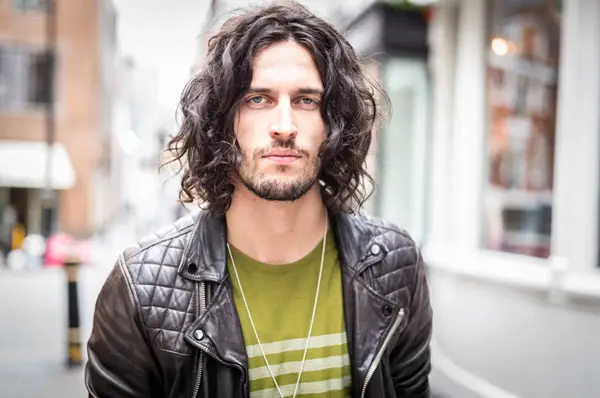
My single go-to lens
As a professional photographer now for 30 years or so, the lens I grab every day is the 50mm. It really is my go-to lens for portraiture. I know exactly what I’m going to see through the viewfinder and which f-stop will produce the look I am going for. It is also very fast to focus which is great because I only use manual focus lenses.
Using a 50mm means the photographer is close enough to the subject to speak in a normal volume of voice to adjust positions or give art direction but is far enough away to get a shadow depth of field. A longer more traditional portrait lens, say a 90mm or longer, means you are further away and have to raise your voice to be heard, especially if outdoors. Trying to ask your subject to turn more to the side from that kind of distance often leads to wild hand gestures which can get frustrating for photographer and subject alike.
Is a kit lens good enough?
If you are a beginner your camera tends to come with a kit lens with a modest zoom range. There is absolutely nothing wrong with this at all and no reason why you couldn’t potentially win a Pulitzer Prize (talent permitting) with it every week. If there is a choice however, you could ask to have it exchanged for a simple prime lens like a 50mm F2 or a 35mm F2 or faster a 50mm F1.4 is even better in low light but with added cost.
A light camera/lens combination will win out over a heavy lens/camera combo every time. Carrying a heavy camera can soon become a chore, and you will be more likely to leave it in your hotel room rather than lug it around all day. If you opt for a lighter lens you will happily have your camera slung over your shoulder ready for any great photo opportunities in the day ahead.
What lens should I buy as a beginner?
As time progresses and your skills improve you may well find you want a few more lenses, This does not mean you need to buy a big camera bag and put up with the extra weight. I recommend you set off with your choice of lens length for that day and be happy to stick with it, like my earlier example and the 21mm lens. Your back will thank you for it, and your photography will improve at a faster rate, as you understand fully the characteristics of each individual lens, like its field of view, handling and perspective.
What three lenses should every photographer have?
A three-lens combination should be enough to last a lifetime of photography. My bet is that after a while you will discover that you are either a wide angle kind or a telephoto lens kind of person. Do you always grab your 50mm for a day out or a 35mm for example? This will influence the three lenses you buy.
A wide-angle lens person will probably go for a 24mm, 35mm and a 50mm spread of focal lengths whereas a telephoto person will go for a 35mm, 50mm and 90mm range. Of course, you could buy four lenses but if you are a telephoto person then you will very rarely if ever pick up the 24mm and vice versa.
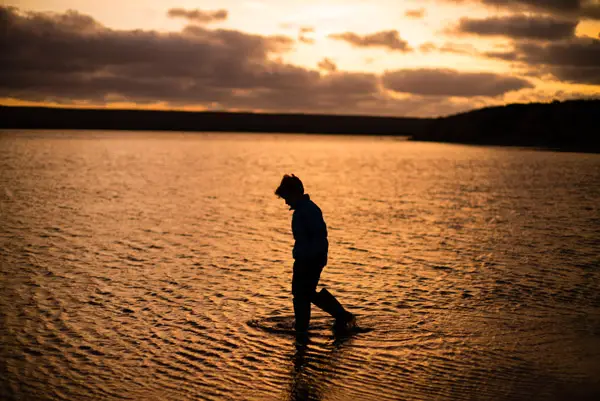
Getting the best from your lenses
The other key advantage of a prime lens over a zoom, other than weight, is its fastest aperture. Even a cheap and cheerful 50mm prime lens, which can be bought for very little money second hand, is most likely to be F2 at its maximum. This means you can shoot in the evening without flash, and is at least 1 or 2 F-stops faster than even a professional zoom lens costing thousands. Shooting at F2 also makes for a very satisfying shallow depth of field, which is very attractive when it comes to portraits. At F2 the person’s face will be sharp but the background will be gently out of focus.
The longer the lens, the greater the isolation of the subject from the background at maximum aperture. It is worth pointing out that it’s very hard to achieve a shallow depth of field on wide angle lenses, so more consideration of the background is needed when shooting on 35mm or wider. This can be used to your advantage when shooting ‘environmental portraits’, like an artist in a studio, or a business person in an office or a person in the street.
What is the best camera lens for everyday use?
I would pick a 50mm lens to put on my camera if I’m heading out for a walk. This lens has a modest field of view similar to the human eye and an attractive shallow depth of field at maximum aperture. It is small and light and if you keep your wits about you, can be used to shoot anything. There are days when I wake up and think it’s a 35mm kind of day, and some days for reasons that can’t be sensibly rationalized, even a 21mm is my lens of choice.
My point is pick a lens and be happy with your choice for that day, no matter what. For me and most people it is probably a 50mm because of its versatility. I have two 50mm lenses, the 50mm F1.4 for every day walks and the insane Leica 50mm F0.95 for when light levels are so low or at night or when I just want to have a very shallow depth of field. It is big, heavy and expensive but the quality is sublime and I would never sell it.
Many photographers have a love/hate relationship with this lens but I have had it for years and use it for nearly all my professional work. There are many videos discussing the various merits or otherwise of this infamous lens, but the one I enjoyed most was by DigitalRev. Kai puts humor into his YouTube channel which is always welcome:
So the next time you go for a photo walk, or even out to just buy a pint of milk, take a camera with one lens, set the camera before you leave to generally the right settings. For example, if it’s a really sunny day, select 100 ISO on the camera and 1/500 on the shutter speed and F4 on the lens, this will more or less be right for any outdoor scene but if it is not, adjustments will be minor.
Speed is the key here; there is nothing more frustrating than seeing a great image appear before your eyes and the camera is still set up for indoor portraits from the previous evening. A small prime lens means you can easily take your camera with you wherever you go, you never know what you might see, and the more often you carry it the luckier you will be.
Thinking time leads to better shots
There is nothing wrong with zoom lenses of course. Without doubt, they are very versatile and many photographers prefer them over primes as you can switch from a wide angle shot to a tight portrait at the flick of a wrist. This easy versatility can be their Achilles heel, leading to laziness and many more than necessary mediocre images. I find that with one fixed lens, I have to try harder for my images. The very act of having to work for my images invariably means they are better on the day.
As I shoot I can ‘read’ the image more because I know the lens so well and can get great shots by ‘zooming with my feet’. Fast primes mean no flash is generally required, a big plus for documentary or reportage photography. I have been on countless press calls, awards events and PR shoots, where I am one of many photographers. Nine times out of 10 I am the only one without a large flash pack and battery system and the only one without a zoom lens. I often get looks of horror and pity, but better images require patience, timing and confidence in your ability to use your camera like it’s second nature, and not rely on a blast of flash or a range of shots casually taken on a zoom lens.
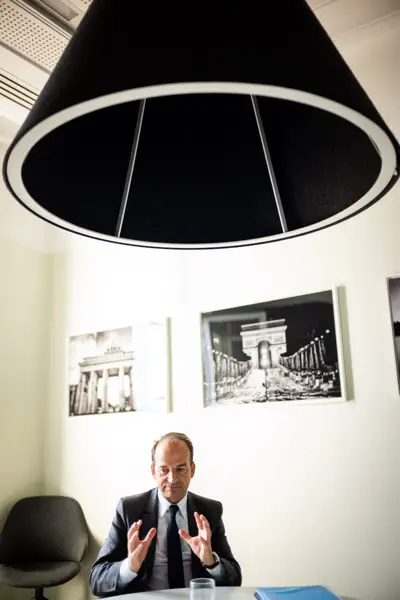
I still use regularly a 35mm Leica lens I bought in 1994. It is a manual focus lens at F2 but makes images that are crystal clear from corner to corner. It’s also very small and light and I am very familiar with its ergonomics. I would never sell it, it is just too good.
Cameras come and go, especially in these days of digital when we sometimes needlessly strive for more and more pixels. But lenses are like friends, and if treasured and respected, that relationship should last a lifetime.
Which lenses do professional photographers use?
The question “which lenses do professional photographers use?” is one I am asked repeatedly. The best answer – but also the most annoying – is ‘it depends’. Personally, I have a 21mm, 35mm, 50mm, 90mm and a very old but good quality 300mm. The range is ideal for the work I do, which is mainly portraiture, and has served me well for 25 years. There hasn’t been a single instance where I thought “if only I had another lens with me I could get a better picture”.
In terms of usage, I use the 50mm around 80% of the time, then the 35mm, then the 21mm, and lastly the 90mm. I bring the fast 300mm to the occasional conference but it is very big and heavy. Of course, an architectural photographer would choose other lenses like tilt and shift to ensure verticals looked correct on wide angle lenses and a dedicated football photographer would have longer lenses to make sure the players fill the frame, which is critical for the sports pages of national newspapers.
Common camera lens sizes
Many photographers initially purchase a few zooms so that they have a good all-around lens that takes care of wide-angle shots as well as telephoto requirements. These zooms are usually 15-45mm and 70-200mm but also come in other combinations depending on the camera brand. There is nothing wrong with this strategy; it means you have a lens that can tackle almost anything and everything that life throws at you. However, at the same time this is also its great weakness.
Having an almost infinite zoom range (if you have chosen 20mm on the 15mm-45mm zoom, why not choose 19mm or 21mm instead?), only a slight adjustment of the lens is needed but this can lead to indecision and hesitation, leading to a weaker image. If you opt for ‘one lens for everything’ – and Nikon sells a 18-300 zoom – you will inevitably have to compromise, for example on speed. The Nikon is a slow F6.3 at the 300mm end, which is better suited to shooting outdoors on sunny days.
This article encourages breaking out of a zoom lens comfort zone and embracing, on the face of it, the more restrictive world of fixed lenses. This is something I have done successfully in my professional career, and if you do the same, I suspect you will share the same one way journey once you start leaving your zooms at home. As soon as you are at ease with fixed lenses you will consider using them for everything from landscapes and portraits, to covering local football matches. It just requires imagination and vision but you’ll find the results are worth it.
I hope you have learned quite a bit about which lenses to have and use by reading this article. Click the following link to learn about camera lens specifications.









5 comments